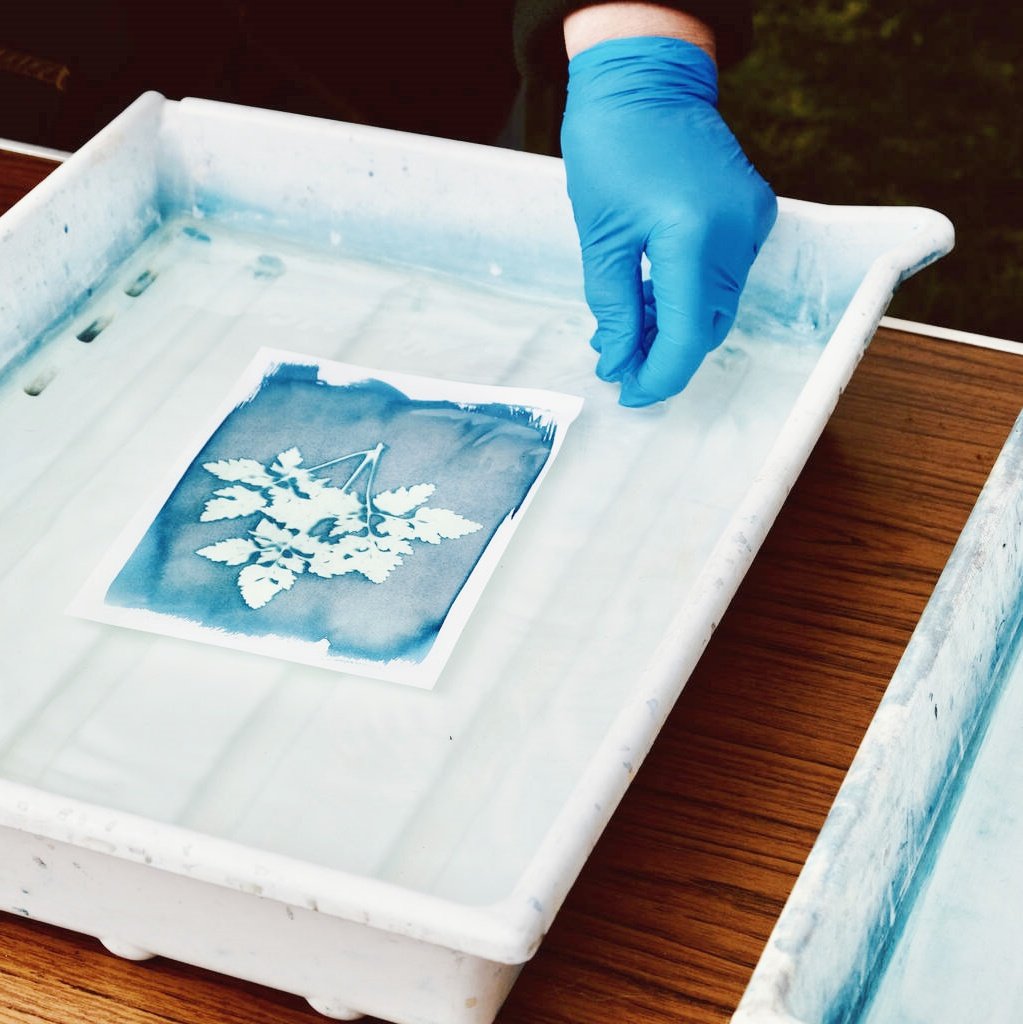In the world of printing, choosing the right ink is crucial, especially in T-shirt printing where unique visual effects and exceptional durability are sought. Plastisol ink and Discharge ink, as two popular choices, each possess unique advantages and characteristics. This article will delve into the differences between Plastisol ink and Discharge ink in printing effects, helping you make an informed decision.
I. Plastisol Ink: A Synonym for Vibrant Colors and Long-Lasting Durability
1.1 Basic Characteristics of Plastisol Ink
Plastisol ink, also known as plastic溶胶 ink, is a type of ink based on polyvinyl chloride (PVC). It cures through heating, forming a soft and durable printed layer. This ink is widely popular for its vibrant colors, good opacity, and lasting wear resistance.
1.2 Advantages of Plastisol T-Shirt Ink
- Vibrant Colors: Plastisol ink produces full, bright colors, ideal for designs requiring high color contrast.
- Strong Opacity: Even on dark fabrics, Plastisol ink offers excellent coverage without the need for an underbase.
- Wear and Wash Resistance: Cured Plastisol ink exhibits good abrasion resistance and washability, suitable for long-term wear and frequent washing.
1.3 Applications of Plastisol T-Shirt Ink
Plastisol t-shirt ink is favored for its versatility. Whether it’s simple text or complex patterns, Plastisol ink can handle them all. Furthermore, it is widely used in textile printing, particularly by plastisol textile ink manufacturers who produce inks to meet various printing needs.
II. Discharge Ink: The Art of Natural Fade and Fabric Integration
2.1 How Discharge Ink Works
Unlike Plastisol ink, Discharge ink removes some of the dyes from the fabric through a chemical process, thereby creating a pattern on the fabric. This process is called “discharge” or “bleaching” because it actually reduces rather than adds color to the fabric.
2.2 The Unique Charm of Discharge Ink
- Natural Fade Effect: Discharge ink prints exhibit a natural fade, blending seamlessly with the fabric for a soft, vintage look.
- Excellent Breathability: Since the ink does not form an additional coating on the fabric surface, Discharge-printed T-shirts are more breathable and comfortable to wear.
- Eco-Friendly: Compared to some types of ink, Discharge ink has an environmental edge because it reduces the use of chemical dyes.
2.3 Suitable Scenarios for Discharge Ink
Discharge ink is perfect for designs that pursue a natural, minimalist style. It can create stunning effects on white or light-colored fabrics and exhibit unique fade beauty on dark fabrics.
III. Plastisol vs Discharge Ink: Detailed Comparison of Printing Effects
3.1 Color Performance
- Plastisol ink is renowned for its vibrant, saturated colors, suitable for designs requiring strong visual impact.
- Discharge ink, with its natural fade effect, creates a soft, vintage visual appearance more suitable for minimalist, low-key designs.
3.2 Handfeel and Breathability
- Plastisol ink-printed T-shirts may feel slightly coated when touched, but this does not affect wearing comfort.
- Discharge ink-printed T-shirts are more breathable because the ink does not form an additional coating on the fabric surface.
3.3 Durability and Maintenance
- Plastisol ink offers excellent abrasion resistance and washability, maintaining pattern integrity even after multiple washes.
- The durability of Discharge ink depends on fabric type and washing conditions but usually provides satisfactory longevity.
3.4 Cost and Efficiency
- Plastisol ink has a relatively lower procurement cost and higher printing efficiency, suitable for mass production.
- The printing process for Discharge ink is more complex, potentially requiring more time and skill, thus increasing costs.
3.5 Environmental Impact
- Plastisol ink may be considered less environmentally friendly under certain standards due to its PVC content.
- Discharge ink has an environmental advantage because it reduces the use of chemical dyes.
3.6 Color Coverage Ability
In terms of color coverage, Plastisol ink undoubtedly has a greater advantage. It provides excellent coverage on dark fabrics without the need for an underbase to achieve perfect color presentation. In contrast, Discharge ink is more suitable for printing on light or white fabrics because it forms patterns by removing some of the dyes from the fabric. This means that additional processing steps may be required to ensure pattern clarity when using Discharge ink on dark fabrics.
3.7 Printing Techniques and Equipment
Plastisol ink and Discharge ink also differ in printing techniques and equipment. Plastisol ink typically uses traditional screen printing techniques, suitable for various print runs. In contrast, Discharge ink may require more specialized printing equipment and skills to ensure pattern accuracy and quality. This means that when choosing an ink, you also need to consider whether your printing techniques and equipment support the printing process of the selected ink.
3.8 Design and Creativity Space
From a design and creativity perspective, Plastisol ink and Discharge ink offer different possibilities. Plastisol ink’s vibrant colors and strong contrast make it a top choice for designers pursuing visual impact. In contrast, Discharge ink’s natural fade effect and integration with fabric are more suitable for designers who pursue simplicity, low-key aesthetics, and natural beauty. Therefore, when choosing an ink, you also need to consider your design style and creative needs.
3.9 Market Trends and Consumer Preferences
As consumers increasingly focus on environmental protection and sustainability, Discharge ink is gradually gaining popularity in the market. Its characteristic of reducing the use of chemical dyes makes it a more environmentally friendly option. However, Plastisol ink still has a broad market base due to its cost-effectiveness, vibrant colors, and durability. Therefore, when choosing an ink, you also need to consider the impact of market trends and consumer preferences on your business.
3.10 Long-Term Maintenance and Customer Satisfaction
Finally, from the perspectives of long-term maintenance and customer satisfaction, Plastisol ink and Discharge ink each have their advantages. Plastisol ink’s abrasion resistance and washability enable it to withstand the test of time, maintaining pattern integrity and clarity. In contrast, Discharge ink’s breathability and integration with fabric make it more suitable for long-term wear and frequent washing. This means that when choosing an ink, you also need to consider your customers’ expectations for product quality and durability.
IV. Conclusion: Choose the Ink That Suits Your Needs
In summary, Plastisol ink and Discharge ink each have their own strengths in printing effects. Plastisol ink is renowned for its vibrant colors, excellent opacity, and lasting wear resistance, making it ideal for designs requiring high color contrast and durability. In contrast, Discharge ink wins the favor of many designers and consumers with its natural fade effect, good breathability, and environmental characteristics.
When choosing an ink, be sure to consider your design needs, printing techniques, cost budget, as well as market trends and consumer preferences. By comprehensively considering these factors, you will be able to select the ink that best suits your needs, thereby creating stunning printing effects.


